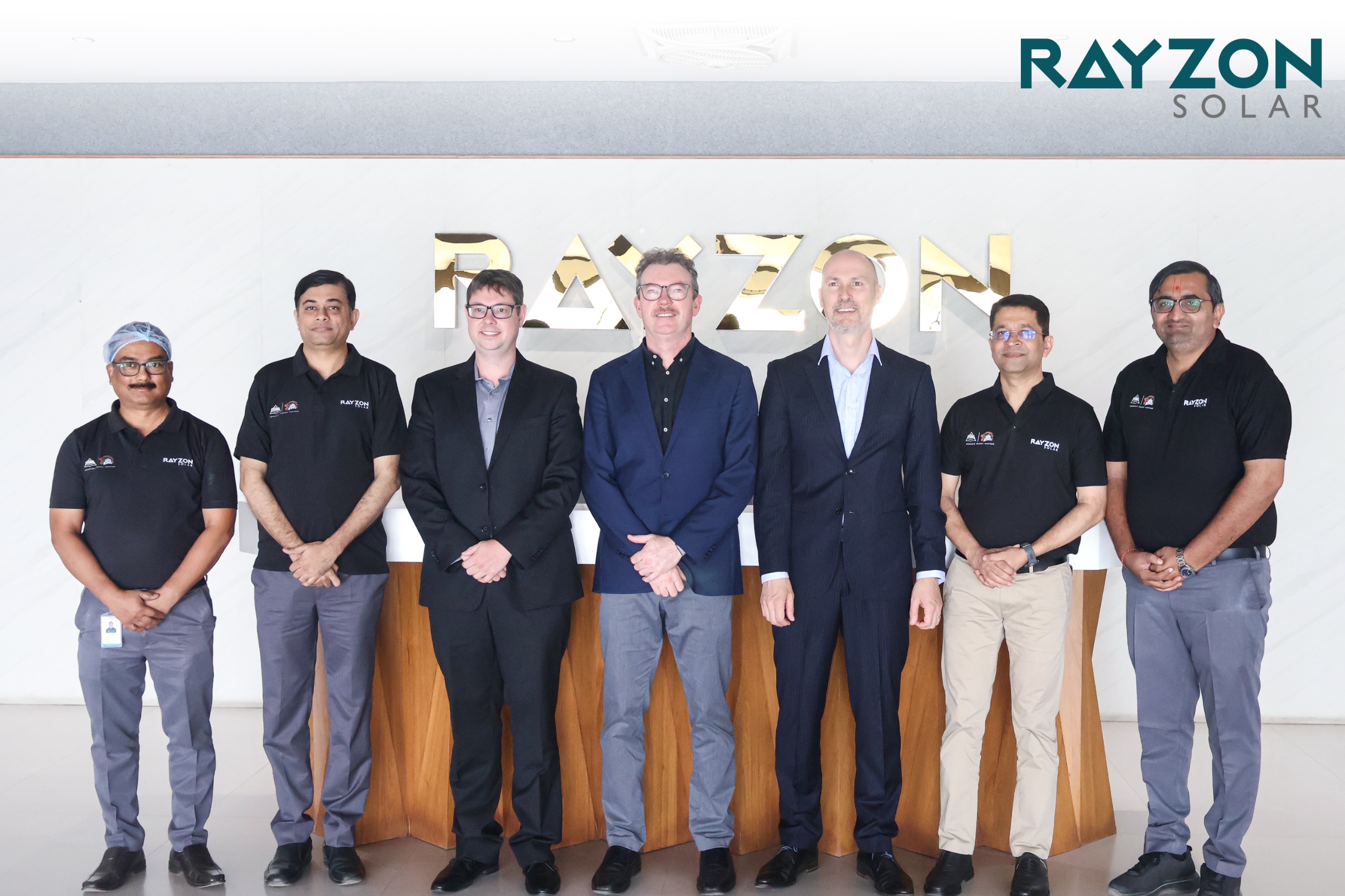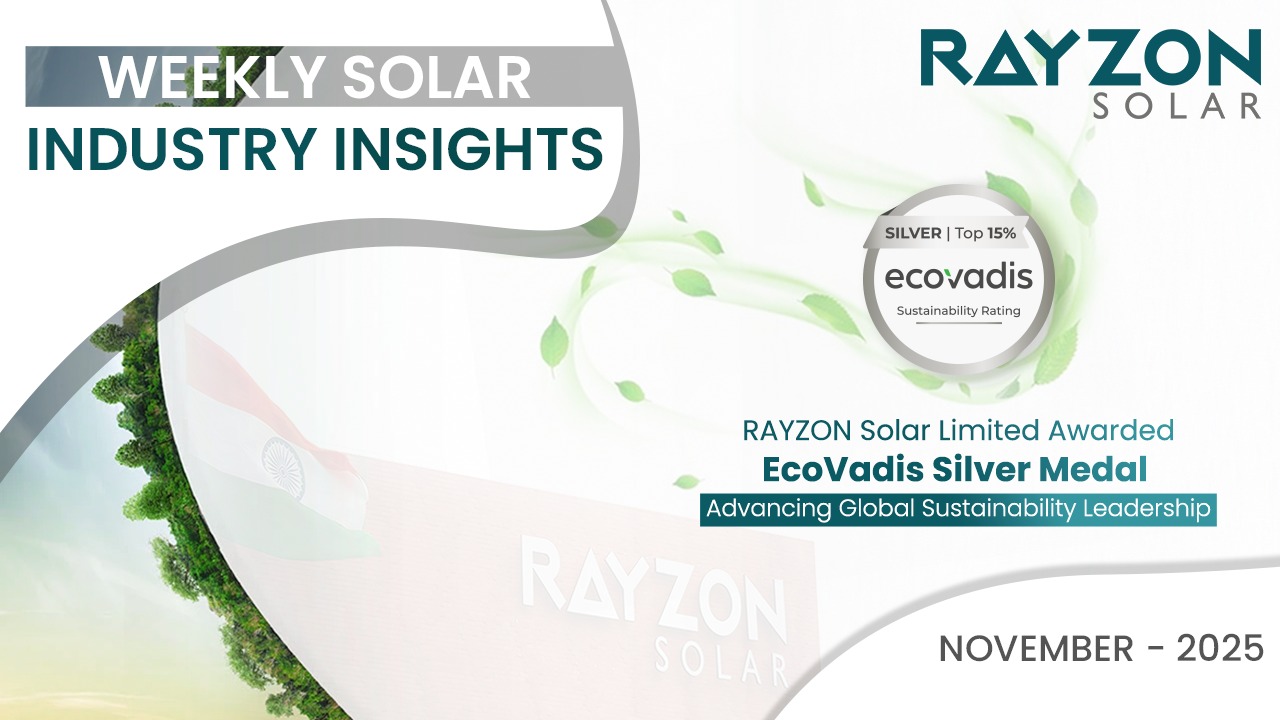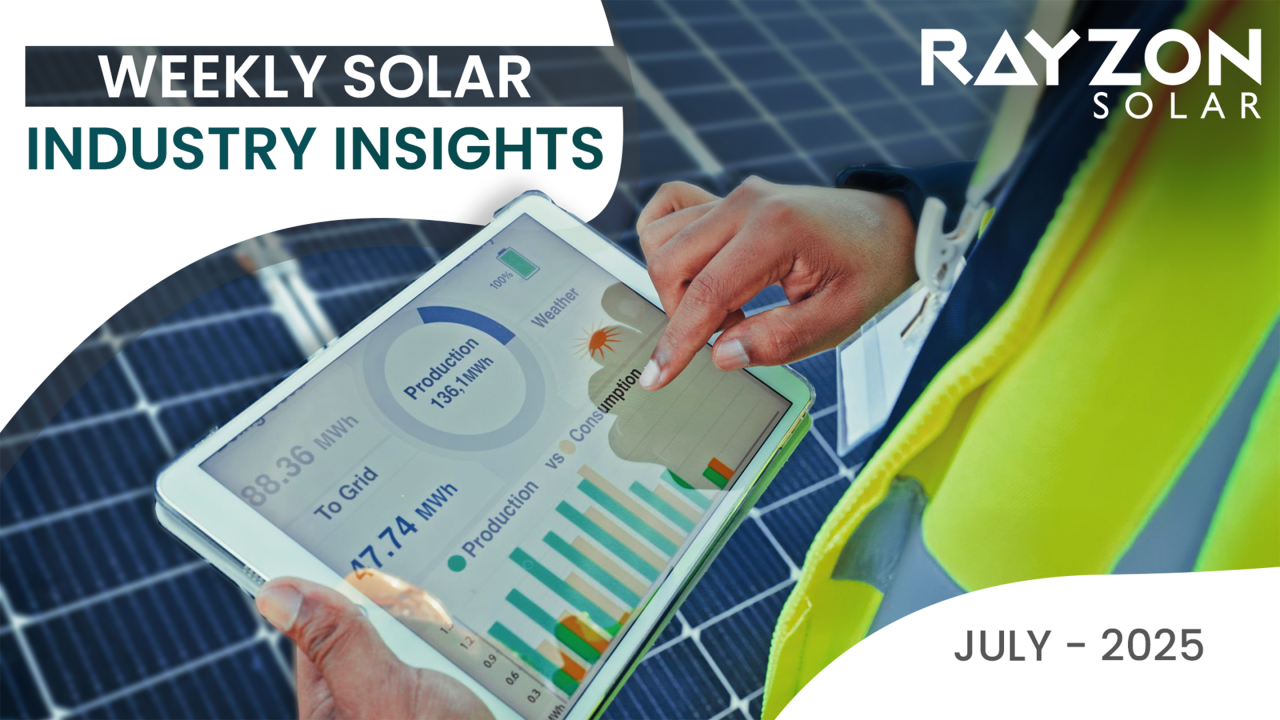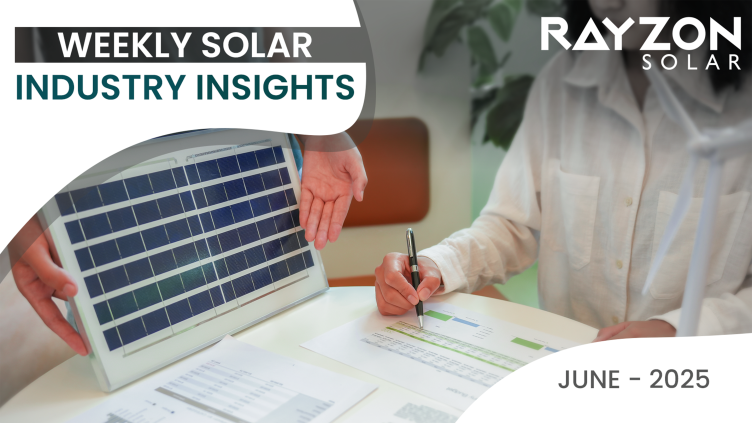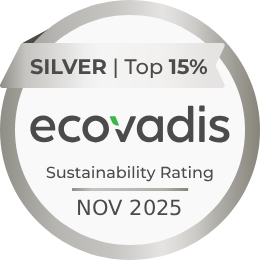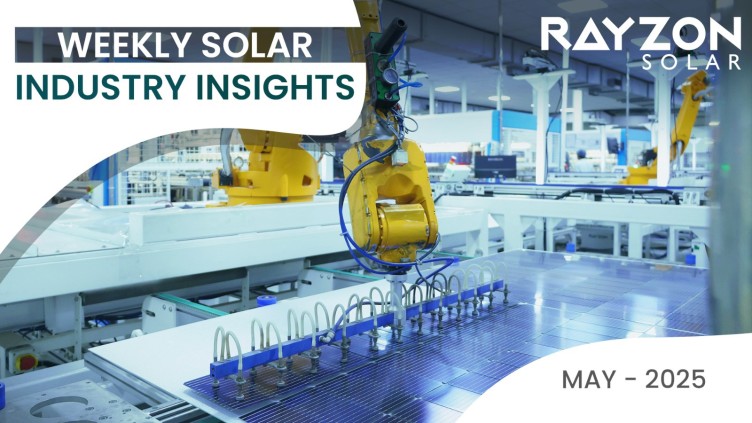
Weekly Solar Industry Insights: May 19th – May 25th, 2025
US Bill Presents New Challenges for Renewable Energy Industry
A recent US legislative bill has introduced complexities for the renewable energy sector by imposing stricter regulations and potential tariffs on key components, which could lead to delays and increased costs for solar and wind projects. Industry stakeholders warn that these measures could slow the clean energy transition, disrupt supply chains, and impact job growth, urging policymakers to reconsider to maintain momentum toward sustainable energy goals.
U.S. Imposes Final Tariffs on Solar Imports from Southeast Asia
The U.S. ITC has approved steep tariffs on solar imports from Cambodia, Malaysia, Thailand, and Vietnam, citing unfair trade practices by Chinese manufacturers. Duties as high as 3,403.96% will take effect in mid-June to protect U.S. solar producers and curb subsidized, dumped imports.
Tax Credit Transfers Boost Third-Party Solar Growth in the U.S.
Third-party ownership of commercial solar projects in the U.S. grew to 72% market share in 2024, driven by flexible tax credit transfer options. This trend is expected to continue through 2026 before easing by 2029. The commercial solar market reached a record 2.1 GWdc in new capacity in 2024, led by key states such as California and Illinois.
SolarPower Europe Pushes for Cybersecurity Rules After Danish Probe
SolarPower Europe has called for stringent cybersecurity regulations in the EU solar sector after suspicious electronic components were discovered in imported equipment in Denmark. The group advocates for mandatory software transparency and limited remote access to safeguard critical energy systems.
EU Advances Net-Zero Industry Act to Boost Solar Manufacturing
The EU has introduced new rules under the Net-Zero Industry Act, effective in 2026, requiring member states to produce at least 40% of their annual needs for essential clean technologies such as solar panels. These rules include criteria for auctions, project eligibility, and sustainability standards, with the goal of reducing reliance on imports and strengthening Europe’s clean energy industry.
Perovskite-TOPCon Tandem Cell Hits 31.1% Efficiency
Researchers at Zhejiang University developed a perovskite-TOPCon tandem solar cell using a self-assembled monolayer (SAM) to improve stability and energy alignment, achieving a certified 30.9% efficiency. The innovation showcases strong potential for commercializing high-efficiency tandem solar technologies.
Information Source: PV Magazine
